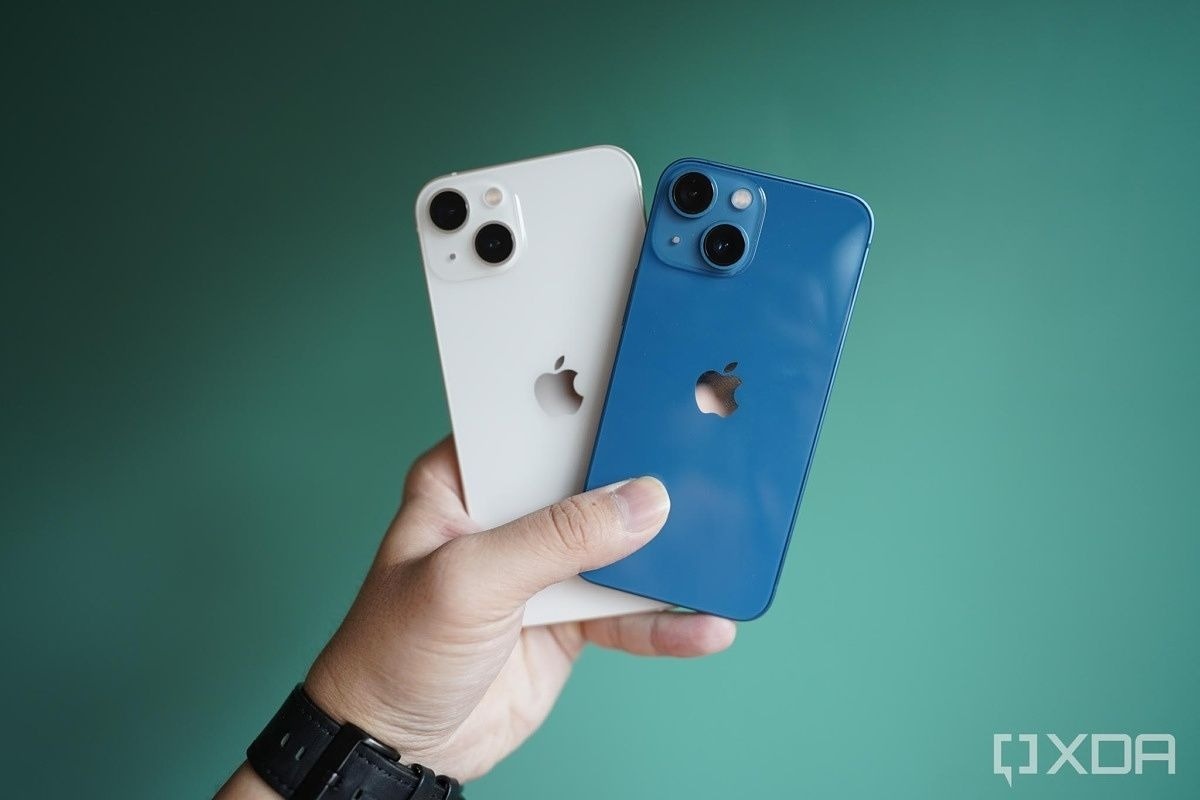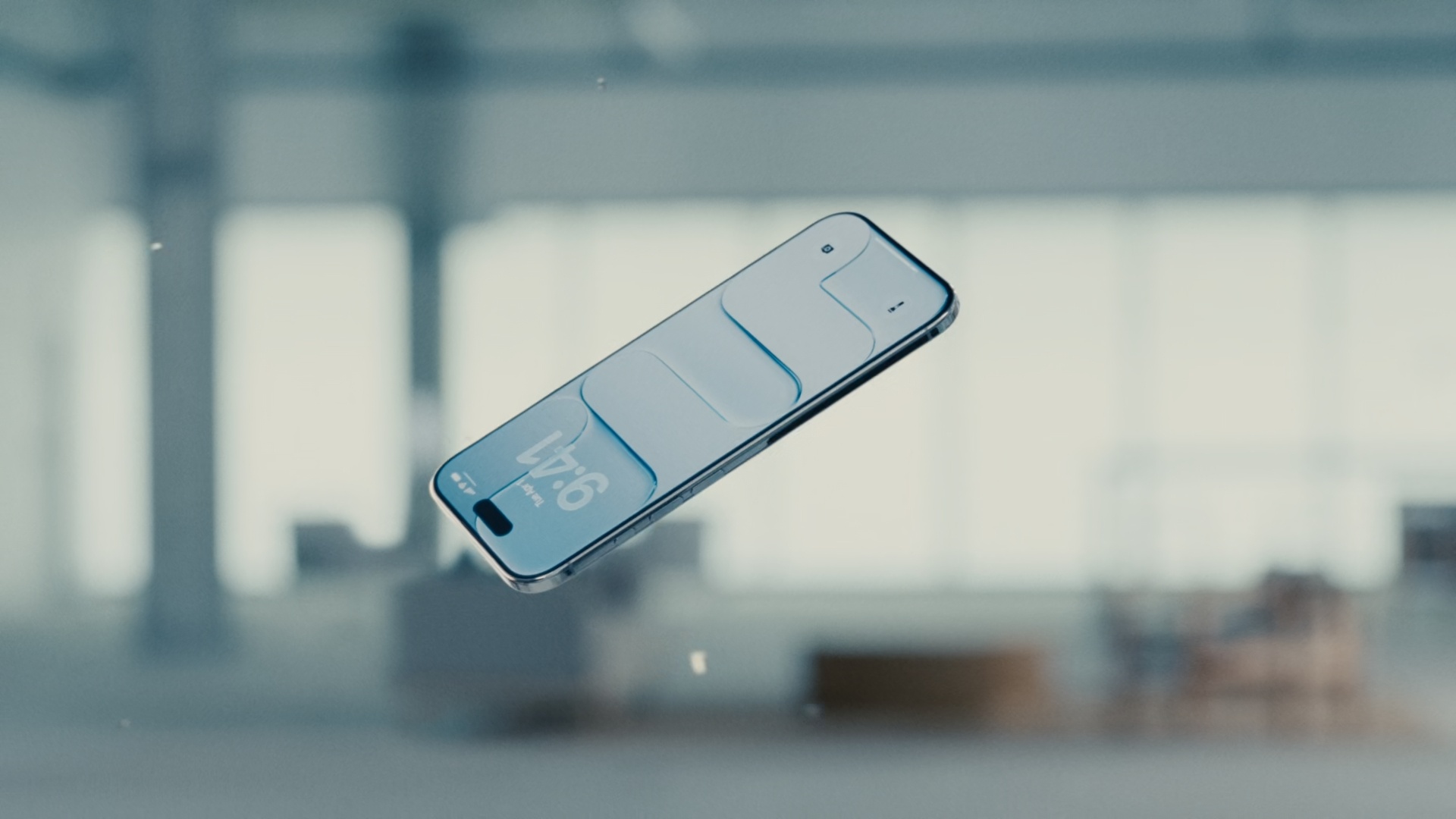 |
The iPhone Air is Apple's next attempt to fill out its product line. |
Since 2020, Apple has shaped its flagship line with a four-model structure. A “regular” iPhone, a Pro version, and a Pro but with a large screen, along with a fourth device. In the 12th generation, it was the mini model. The experiment failed, and Apple discontinued the line after 2 years.
They switched to a larger Plus model. This four-machine structure has continued for the past three years. However, it has not been as effective as expected. For the third time in just five years, Apple has had to change. However, this effort is not guaranteed to be effective.
Difficult problem to solve
Apple’s five-year effort to diversify its options has yet to bear fruit. The “iPhone 4” has always been the model with the worst sales performance in the entire line. From 12 Mini to 16 Plus, each generation has had changes and upgrades, but the results have always been below Apple’s expectations.
The original mini was an interesting choice. In the face of the smartphone boom, the 5.7-inch device became a rare flagship that could fit in one hand and be operated with just the thumb. However, the technological limitations made it unpopular in most markets.
 |
The iPhone Mini/Plus lines are selling poorly compared to products of the same generation. Photo: XDA. |
In the West, the size is too small for the hand, blocking out content and reducing the experience. Meanwhile, in Asia, customers are willing to go for older iPhones instead of buying the cheaper, cut-down model compared to the other three models.
Finally, the fatal weakness of the battery makes the iPhone 12 and 13 mini not enough for a day of use. That drives customers to Android products or try to upgrade to Apple's higher models.
Compared to the failure of the mini, the poor sales of the Plus are more difficult to explain. In Vietnam, many retailers have positive expectations for this model because it meets the essential needs of customers: large screen, big battery and runs iOS. Some systems are even "optimistic", saying that the product will sell better than the regular iPhone or the Pro version.
The market, however, reacted in a completely opposite way. The Plus version was only a size difference, without a high refresh rate or an additional camera. It was simply a larger version of the regular model, but almost as expensive as the Pro. In the end, the product continued to follow the path of the mini model, accounting for less than 10% of total sales across the entire iPhone range for the year.
Continue to find the answer
Apple has been led by Tim Cook for the past 10 years, who has built the company's supply chain in China, contributing to generating huge revenue without having to directly assemble. In particular, optimizing and stabilizing the lines to achieve the highest profits is an important factor.
The company maintained a 2-model structure consisting of the “regular” iPhone and the Plus from 2014 to 2017. Then it added a special version and expanded the model to 2+1 with the XR, 11, 12… However, the “4th iPhone” became an exception when Tim Cook and his colleagues were forced to constantly innovate. The iPhone 17 Air is the 3rd time in 5 years that they had to “smash and rebuild”.
Instead of leaving the segment of nearly 25-30 million VND vacant when the Pro line increases in price, Apple has to find a way to fill it with a certain model.
 |
The iPhone 17 Air is impressive, but expensive. Photo: Apple. |
The iPhone 17 Air is the answer to the problems that made the mini and Plus fail. The large screen size ensures the experience, not the sacrifice. It is impressively thin, with a design and functionality that is different from the iPhone 17, not just an enlarged version.
However, the device itself also repeats the concerns of the previous generation. The device is super thin, so it has to sacrifice battery capacity, has only one camera while the price is higher than the "regular" iPhone 17. These are barriers that make it easy for customers to feel hesitant before choosing.
The price of the iPhone Air in Vietnam starts at 32 million, which is significantly higher than the 29 million of the iPhone 16 Plus with the same 256 GB capacity at the time of launch. The difference compared to the regular iPhone 17 model (25 million) is also up to 7 million, enough for users to consider between the iPhone Air and the 17 Pro models, priced from 35 million.
In Vietnam, the Galaxy S25 Edge model with the same philosophy was sold in June. The product was initially positioned in the nearly 30 million VND segment, but is now 20-30% off on dealer shelves. According to Tri Thuc - Znews 's own source, the actual sales of the S25 Edge only reached 10-20% of initial expectations, with high inventory levels.
ET News of Korea, citing an internal source from Samsung, said that the company had to reconsider its plan to use the Edge model instead of the Plus model in the 4 Galaxy S models next year. The reason also comes from the lower-than-expected purchasing power from the manufacturer. This shows that at this time, the market may not be ready for ultra-thin phones like the Galaxy S25 Edge or iPhone 17 Air.
Source: https://znews.vn/apple-chat-vat-voi-chiec-iphone-thu-4-post1583956.html



![[Photo] Thac Ba Lake: Towards an international-class tourism, resort and cultural center by 2040](https://vphoto.vietnam.vn/thumb/1200x675/vietnam/resource/IMAGE/2025/9/12/0940443efe0a427b88707caadba1cc41)



![[Photo] General Secretary To Lam attends the launching ceremony of the website of the Communist Party of Vietnam - 14th National Congress](https://vphoto.vietnam.vn/thumb/1200x675/vietnam/resource/IMAGE/2025/9/12/0d4fce7dbce2409cb3c03c21fdf3c3b5)


















![[Photo] Where the history of resistance comes alive with modern technology at "95 years of the Party Flag lighting the way"](https://vphoto.vietnam.vn/thumb/1200x675/vietnam/resource/IMAGE/2025/9/12/81c1276f52b849c8b16e2d01dd1c85e4)




































































Comment (0)